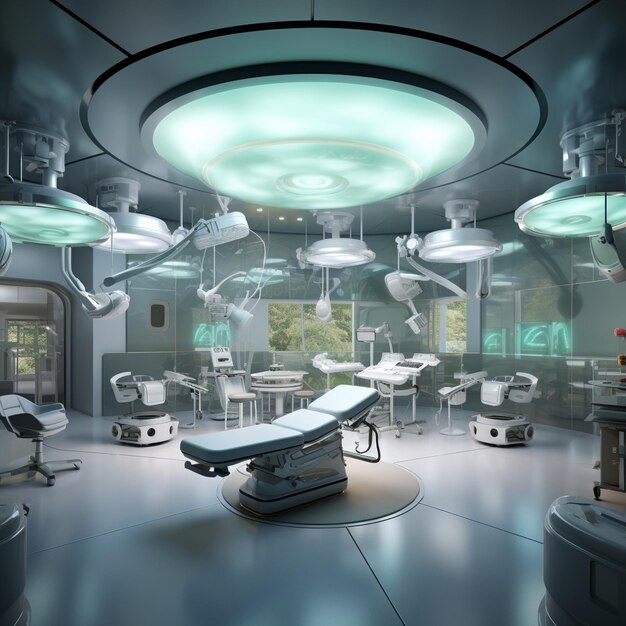
In 1846, William T. Morton’s public demonstration of ether changed medicine forever.
For the first time, surgery could be performed without excruciating pain, sparking a global transformation in medical practice.
Ether’s success quickly led to the adoption of other agents like chloroform and nitrous oxide, despite early safety concerns.
The era of surgical anaesthesia had begun.
By the early 20th century, anaesthesia had become more predictable and safer, thanks to innovations like endotracheal intubation, muscle relaxants, and the development of local and spinal anaesthetics.
Anaesthesia became a medical specialty in its own right, with practitioners trained not just in drug delivery, but also in physiology and resuscitation—critical as surgeries grew more complex.
Today, anaesthesia is a cornerstone of modern healthcare.
From robotic surgeries to outpatient procedures, the advances in monitoring, pharmacology, and patient safety have made painless operations routine.
What began as a radical breakthrough is now a basic expectation of compassionate care—quietly enabling millions of safe procedures every year.